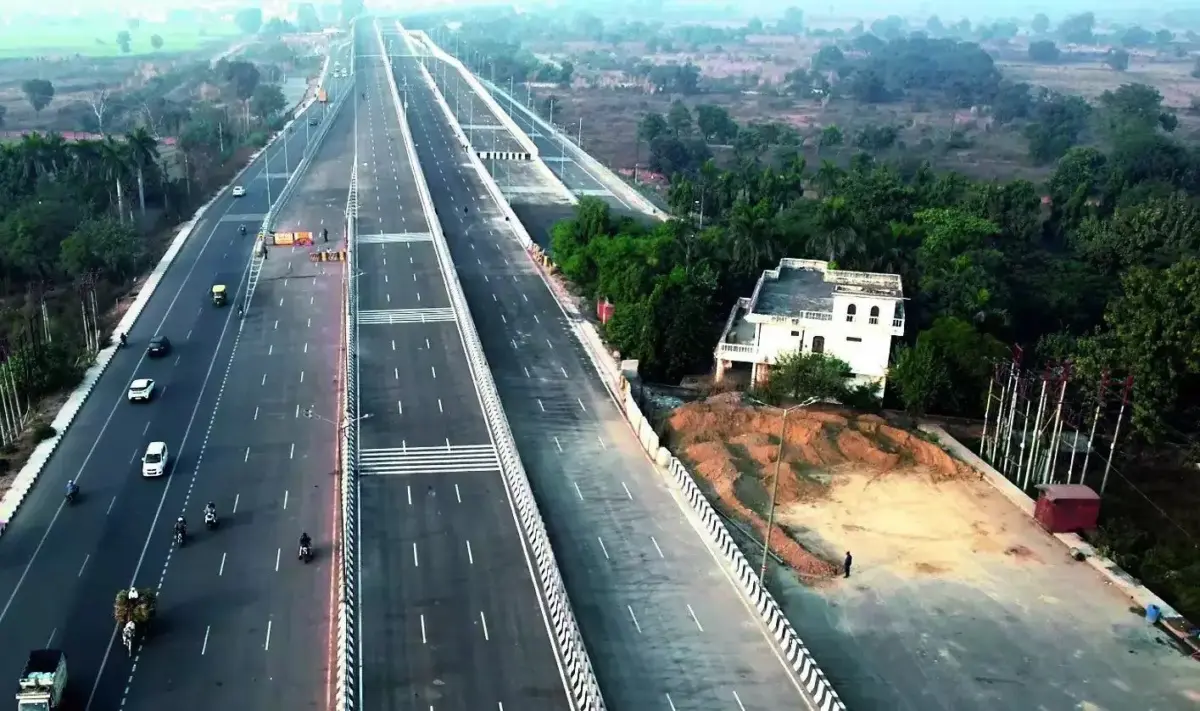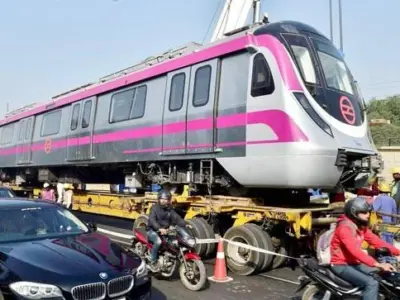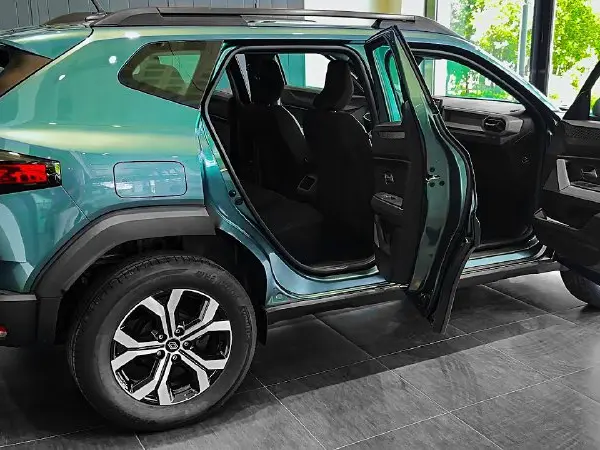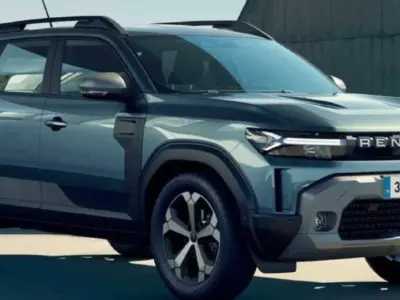The much-anticipated Delhi-Dehradun Expressway, a 210-km high-speed, access-controlled corridor, is now in its final stage. Construction is expected to be completed within the next two to three months, according to the Ministry of Road Transport and Highways.
Built at an estimated cost of ₹12,000 crore, the six-lane expressway will slash travel time between Delhi and Dehradun from 6.5 hours to just 2.5 hours. Starting from Akshardham in the capital, the route traverses through Baghpat, Baraut, Muzaffarnagar, Shamli, and Saharanpur before reaching Dehradun.
On May 17, Union Minister of State for Road Transport and Highways Harsh Malhotra reviewed the project along with NHAI officials. He expressed satisfaction over the pace of work and emphasized the expressway’s role in easing congestion in Delhi and decongesting the Delhi-Meerut Expressway.
Key Highlights
-
India’s Longest Elevated Wildlife Corridor: 12-km stretch near Rajaji National Park
-
Animal Crossings: Six underpasses and two elephant underpasses
-
Engineering Marvel: ₹1,995 crore, 340-metre, three-lane tunnel at Datkali, Dehradun
-
Infrastructure:
-
16 entry/exit points
-
113 underpasses
-
76 km of service roads
-
29 km of elevated roads
-
62 bus shelters
-
Designed for a speed of 100 km/h, the expressway will cater to commuters, tourists, and cargo traffic with enhanced speed and safety.
Boost to Religious and Hill Tourism
The project will also feature a spur to Haridwar and connect to the Char Dham Highway, improving access to pilgrimage routes and hill stations across Uttarakhand and Uttar Pradesh.
Officials have assured that all remaining bottlenecks will be cleared and the expressway will be delivered on time. Once operational, the corridor is expected to redefine regional connectivity while ensuring ecological conservation.





